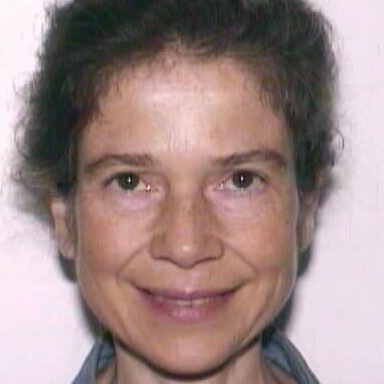Partial Differential Equations and Applications
A special issue of Mathematics (ISSN 2227-7390). This special issue belongs to the section "C1: Difference and Differential Equations".
Deadline for manuscript submissions: closed (30 September 2022) | Viewed by 34520
Special Issue Editor
Interests: differential equations; special functions; algebraic geometry; group theory
* Prof. Dr. Emma Previato passed away in June 2022.
Special Issue Information
Dear Colleagues,
This Special Issue of Mathematics entitled “Partial Differential Equations and Applications” will be a collection of approximately half expository and half unpublished research papers. The goal is to provide both students and practitioners, or scholars working in different areas, with knowledge of the problems, tools, and most recent developments in Partial Differential Equations (PDEs) and Applications.
All aspects of Partial Differential Equations, both linear and non-linear, will be covered, as well as Partial Differential Operators (PDOs), with emphasis on the dynamics adopted by these solutions. In addition, articles concerning the applications of PDEs to mathematical, physical, social, and computational sciences will be presented.
The following is a list of topics that will be covered: well-posedness; existence/uniqueness; qualitative properties of the solutions; boundary-value problems; bifurcation and chaotic behavior; special solutions (e.g., orthogonal polynomials); integrability; PDEs on manifolds; heat flow; spectral properties of PDOs; kernels; representation of solutions on a particular basis; inverse problems; differential algebra (algebras of PDOs, commutativity, algebraic varieties corresponding to ideals, and differential Galois theory); stochastic PDEs; differential-difference equations; real/complex numbers domain.
We aim to collect expository papers that review essential definitions and techniques, explain the history of the area if appropriate, and review contemporary developments, covering the above-mentioned topics divided into the following areas: solutions; integrability; dynamics; spectral properties; algebraic aspects; complex domain; stochastic PDEs; differential-difference PDEs; applications to a vast array of sciences.
MSC 2010: 35-XX, 58Bxx, 58Jxx, 60H15
Prof. Dr. Emma Previato
Guest Editor
Manuscript Submission Information
Manuscripts should be submitted online at www.mdpi.com by registering and logging in to this website. Once you are registered, click here to go to the submission form. Manuscripts can be submitted until the deadline. All submissions that pass pre-check are peer-reviewed. Accepted papers will be published continuously in the journal (as soon as accepted) and will be listed together on the special issue website. Research articles, review articles as well as short communications are invited. For planned papers, a title and short abstract (about 250 words) can be sent to the Editorial Office for assessment.
Submitted manuscripts should not have been published previously, nor be under consideration for publication elsewhere (except conference proceedings papers). All manuscripts are thoroughly refereed through a single-blind peer-review process. A guide for authors and other relevant information for submission of manuscripts is available on the Instructions for Authors page. Mathematics is an international peer-reviewed open access semimonthly journal published by MDPI.
Please visit the Instructions for Authors page before submitting a manuscript. The Article Processing Charge (APC) for publication in this open access journal is 2600 CHF (Swiss Francs). Submitted papers should be well formatted and use good English. Authors may use MDPI's English editing service prior to publication or during author revisions.
Keywords
- partial differential and difference equations (linear and non-linear), and operators
- existence and qualitative behavior of solutions
- complete integrability
- hierarchies of KdV type
- relationship with hamiltonian dynamics
- relationship with geometry (e.g., Infinite-dimensional Grassmann Manifolds)
- applications to physics, fluid mechanics, astrophysics, statistical mechanics, biology and other sciences
Benefits of Publishing in a Special Issue
- Ease of navigation: Grouping papers by topic helps scholars navigate broad scope journals more efficiently.
- Greater discoverability: Special Issues support the reach and impact of scientific research. Articles in Special Issues are more discoverable and cited more frequently.
- Expansion of research network: Special Issues facilitate connections among authors, fostering scientific collaborations.
- External promotion: Articles in Special Issues are often promoted through the journal's social media, increasing their visibility.
- Reprint: MDPI Books provides the opportunity to republish successful Special Issues in book format, both online and in print.
Further information on MDPI's Special Issue policies can be found here.





